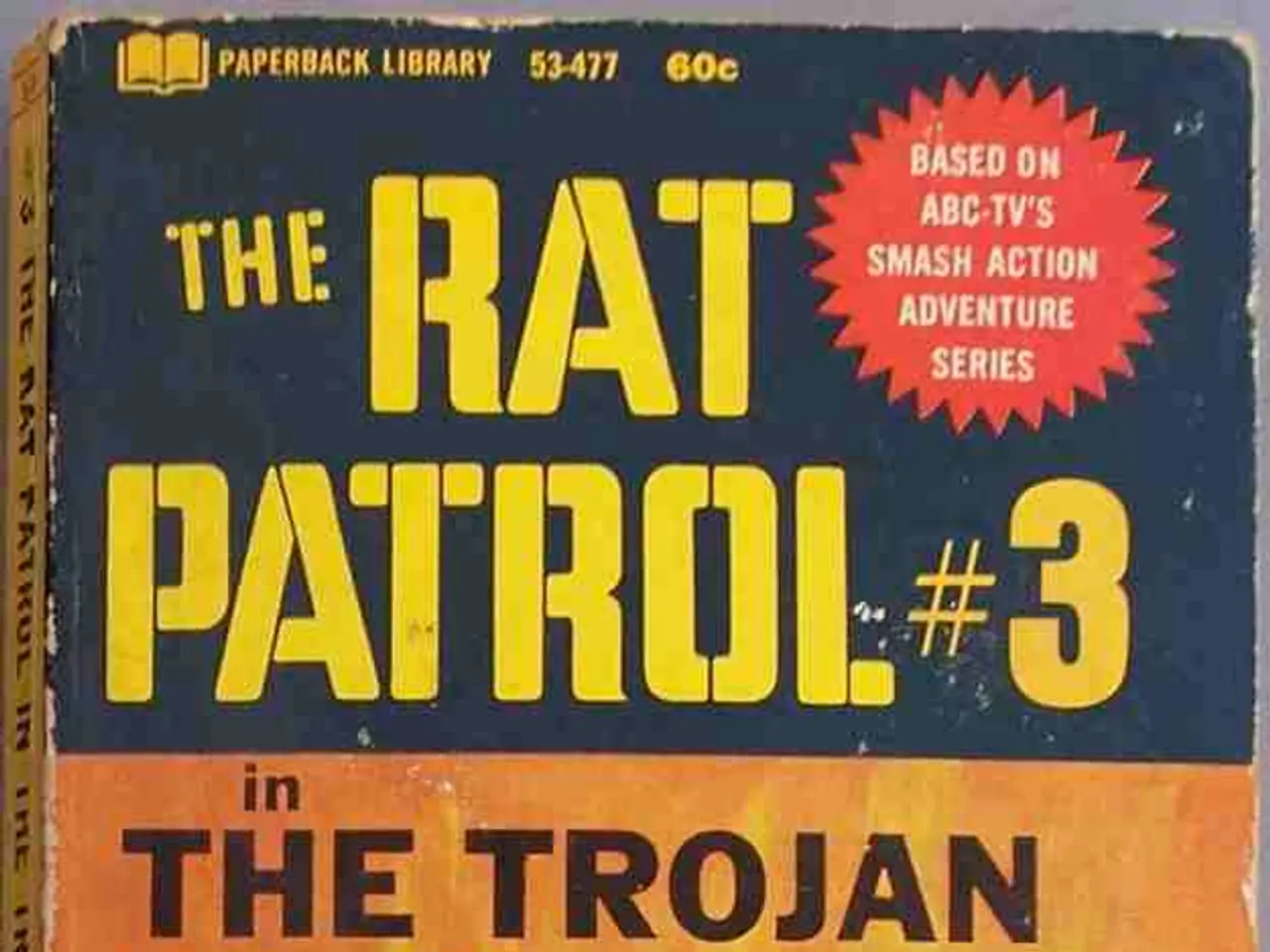Ongoing violence in Sinaloa persists for 11 months; governor stresses ongoing operations till absolute peace is established
In the heart of Mexico, the state of Sinaloa has been grappling with escalating violence, following a shift in power dynamics within the criminal underworld.
The conflict, which has been ongoing since September 2024, has seen an increase in confrontations between federal forces and armed groups. This escalation coincides with a decrease in inter-gang violence and targeted attacks on civilians in early 2025.
Governor Rocha Moya has emphasized that actions will continue until total peace is achieved in the state. He has been maintaining periodic meetings in the state capital with members of the National Security Cabinet, led by Omar García Harfuch.
The federal government forces, including the Army, National Guard, Navy, and elements of the Secretariat of Security and Citizen Protection, are maintaining operations in several municipalities. The presence of these forces is necessary, according to Rocha Moya, due to their achievements in detentions, seizures of weapons, and vehicles.
One of the recent initiatives to combat the violence is the Rodada y Carrera por la Paz y contra las Adicciones event held in Culiacán, focusing on sports and youth.
However, despite the intensified federal military presence and operations, violence remains alarmingly high. The conflict is now more dispersed, moving beyond urban centers like Culiacán into rural municipalities, driven by rival factions vying for territorial control following leadership arrests within the Sinaloa Cartel.
There has been a notable increase in violence directed at civilians, including retaliatory attacks, kidnappings, and forced disappearances aimed at instilling fear and extorting ransoms.
The Mexican federal government's strategy involving federal military deployment to supplement local police forces has so far not brought a significant reduction in violence, as criminal groups adapt and violence persists despite the militarization of security efforts.
Travel advisories issued by the U.S. State Department continue to classify Sinaloa as a high-risk zone with ongoing dangers from terrorism, crime, and cartel-related violence. Key cities such as Mazatlán and Los Mochis remain under heightened travel restrictions, reflecting the continued threat environment despite federal interventions.
In summary, the period after the Rodada y Carrera event saw increased federal involvement attempting to curb a violent power struggle in Sinaloa, but with persistent and evolving violence patterns affecting both armed groups and civilians, thereby maintaining a high-security risk profile in the state.
For the latest news, opinion articles, entertainment, trends, and more, visit the afcl/LL website.
[1] Source: https://www.reuters.com/world/americas/mexico-sinaloa-state-faces-escalating-violence-after-cartel-leadership-arrests-2021-11-16 [2] Source: https://www.bbc.com/news/world-latin-america-59733503 [3] Source: https://www.nytimes.com/2022/03/01/world/americas/mexico-sinaloa-cartel.html [4] Source: https://travel.state.gov/content/travel/en/traveladvisories/traveladvisories/mexico-travel-advisory.html [5] Source: https://www.reuters.com/world/americas/us-issues-travel-alert-for-mexico-over-security-concerns-2021-10-15
The Mexican government's increased efforts in employing federal military deployment to manage the ongoing violence in Sinaloa, following cartel leadership arrests, has been fruitless, as violence persists and evolves into a more dispersed conflict. General news outlets report an increase in rural violence, including retaliatory attacks, kidnappings, and forced disappearances targeting civilians. The politics surrounding this issue have led to a heightened focus on crime and justice, as the state struggles to maintain peace and security within its borders.






